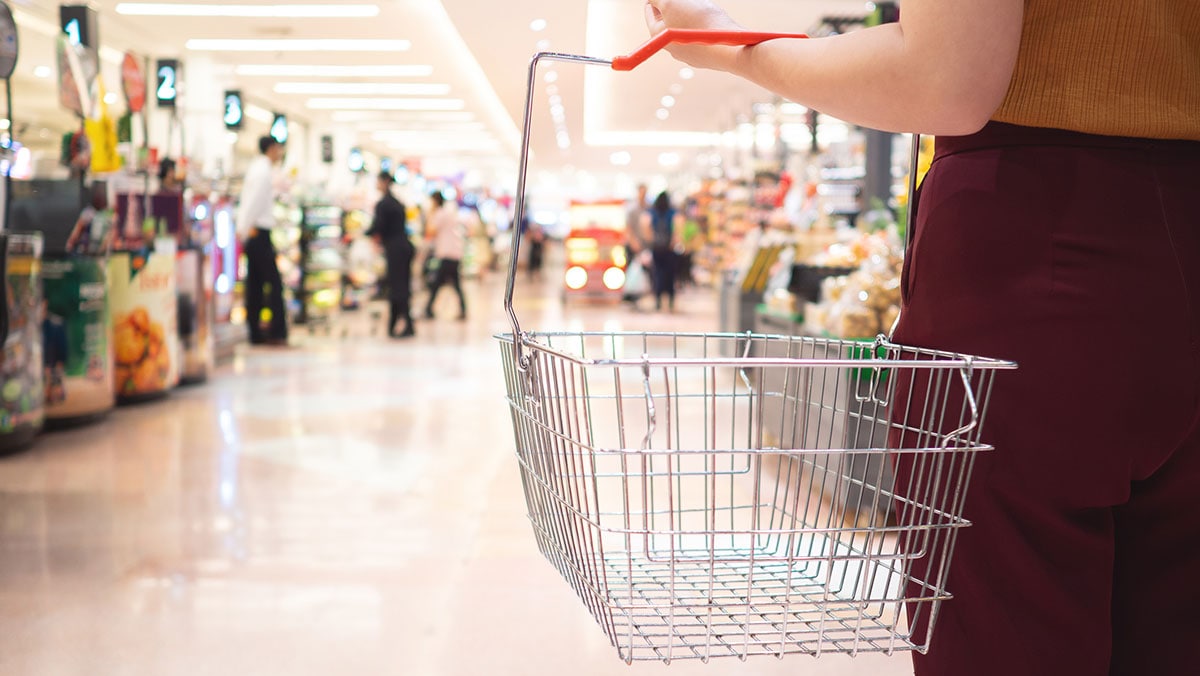Key points
- Millions of people across America experience food insecurity.
- Food insecurity increases the risk for type 2 diabetes and makes it harder to manage if you have it.

Food insecurity
Food insecurity is when someone is unable to access or afford enough food or enough nutritious food. Food insecurity doesn’t always mean that someone goes without food. It might mean they're eating less healthy food options like packaged foods that cost less. Fresh, nutritious foods are hard to find or too expensive in some communities.
Causes of food insecurity
Most food insecurity problems are related to social determinants of health (SDOH). These are the conditions where people are born, live, learn, work, play, worship and age. Some examples include:
- Low income or unemployment.
- Lack of access (location or affordability) to nutritious foods.
- Lack of affordable housing.
Food insecurity is hard to solve because there are many causes. The good news is that many programs at the national, state, and local levels provide food assistance.
Increased risk of type 2 diabetes
Research shows that adults who experience food insecurity are 2 to 3 times more likely to have type 2 diabetes.
Nutritious foods may be too expensive for some people, which limits healthy food choices. Foods that are cheaper and easier to find tend to be lower-quality foods. They're usually high in added sugars, saturated fat, and sodium (salt). While these foods can provide plenty of calories, they can increase the risk of developing type 2 diabetes.
Managing diabetes with food insecurity
For people who already have diabetes, food insecurity can affect how well they manage their diabetes. Food insecurity can lead to higher A1C levels, diabetes-related complications, hospitalizations, and poorer mental health.
Similar to foods that increase the risk of type 2 diabetes, these same foods also make it harder to manage diabetes. Inexpensive food options high in calories and carbs can cause spikes in blood sugar levels. High blood sugar levels increase the risk of diabetes complications like heart and kidney disease, vision loss, or lower-limb amputations.
Some people with diabetes may not be able to afford enough meals per day. Skipping meals can increase the risk of low blood sugar, which is a dangerous diabetes complication.
Health care costs are much higher for people with diabetes. As a result, some people with diabetes may have to choose between diabetes health care or food. To save money, some people put off filling prescriptions. Or they may check their blood sugar less often than recommended to save supplies. This can be dangerous and can also lead to serious health complications.
How to manage diabetes and food insecurity
People with diabetes can also manage costs by buying frozen fruits and vegetables, using coupons, and buying generic brands to help save money.
No one should have to choose between medicine or healthy food. Help is available through food assistance programs and low-cost medicine programs. Anyone having a hard time accessing healthy food can check their community for a food bank or food pantry. They may also qualify for the Supplemental Nutrition Assistance Program (SNAP).
